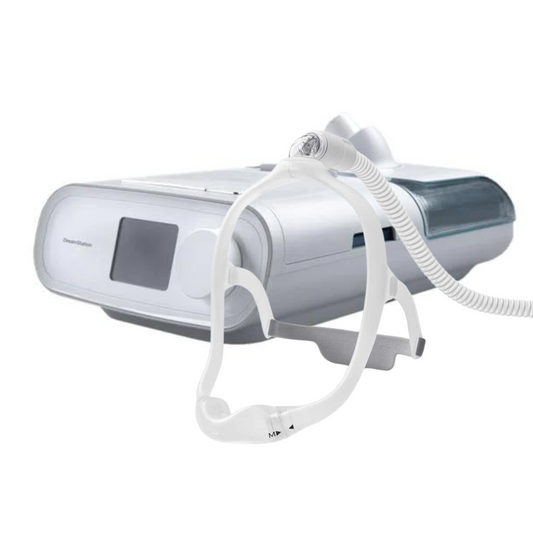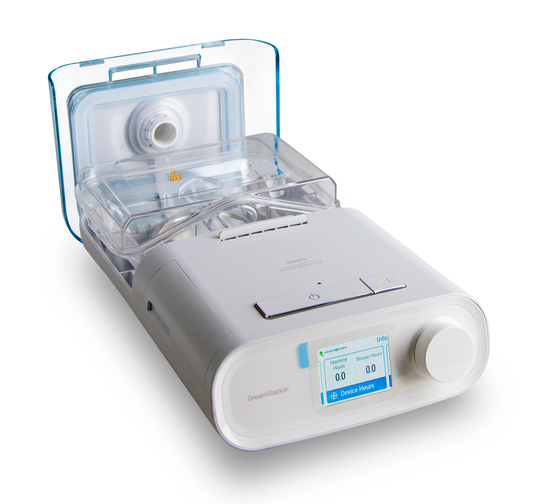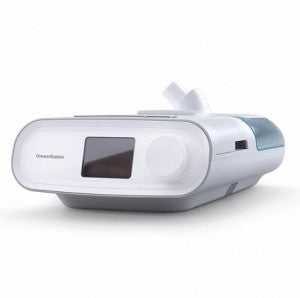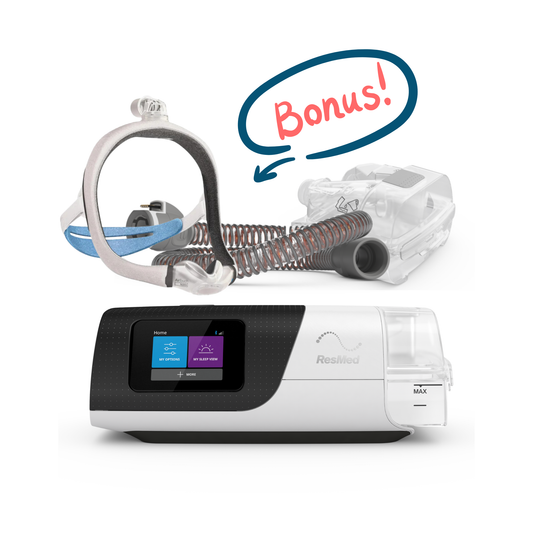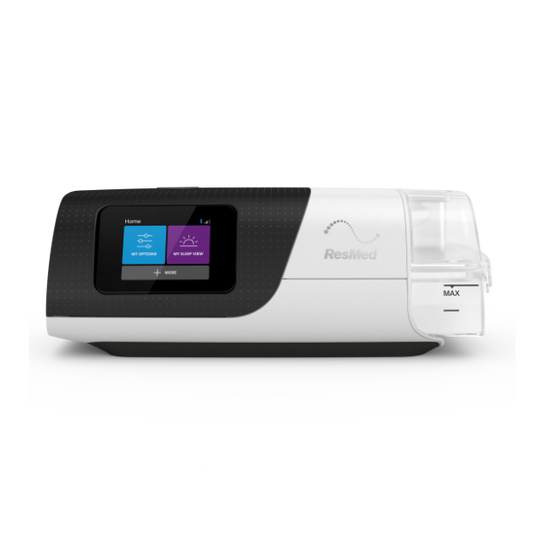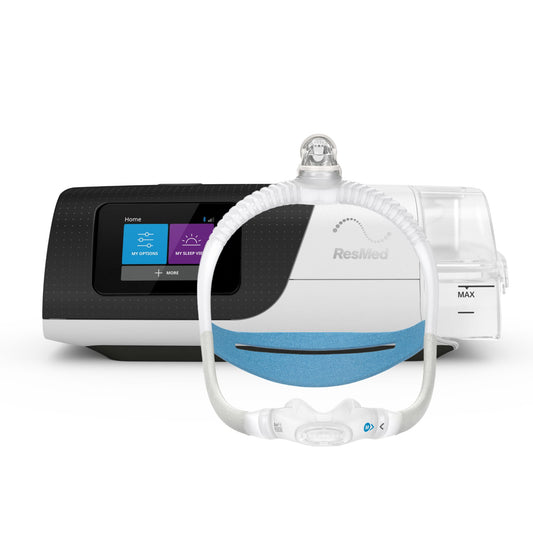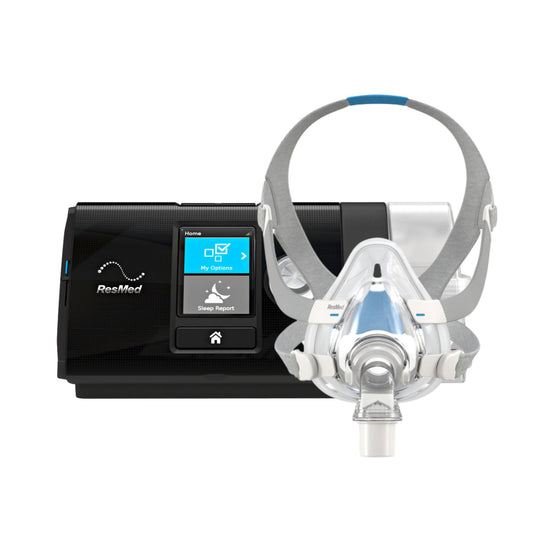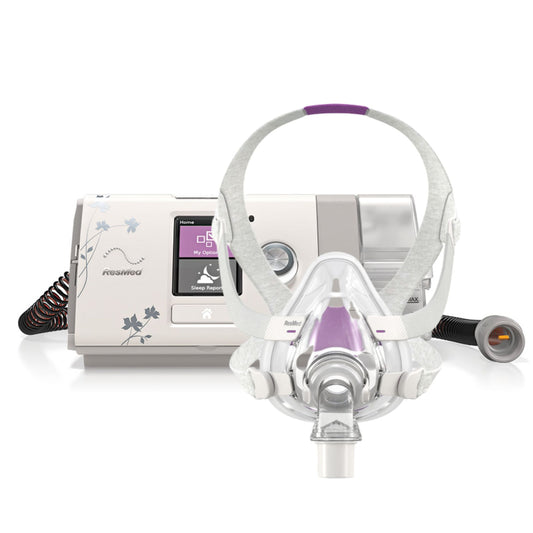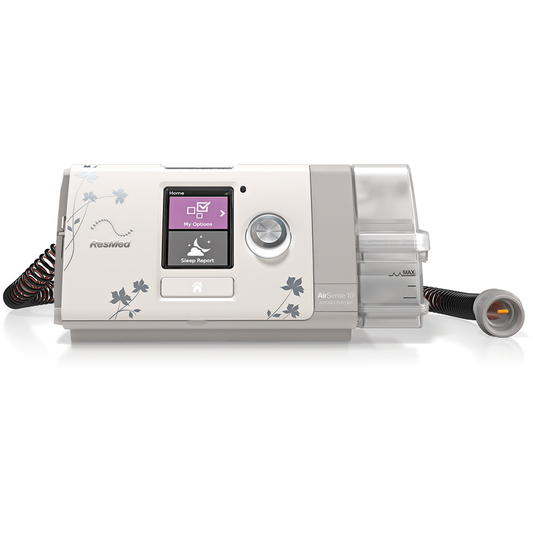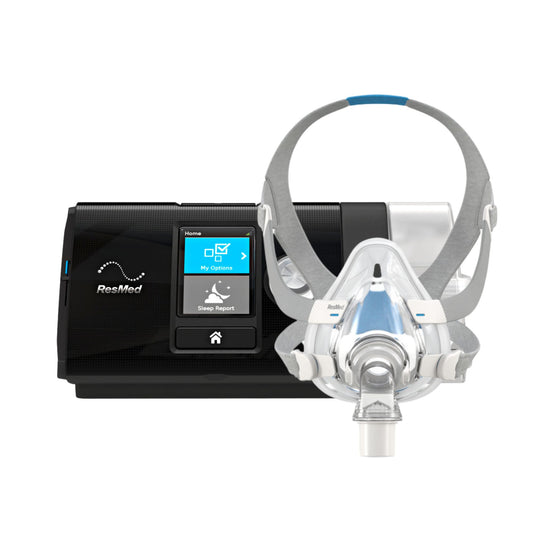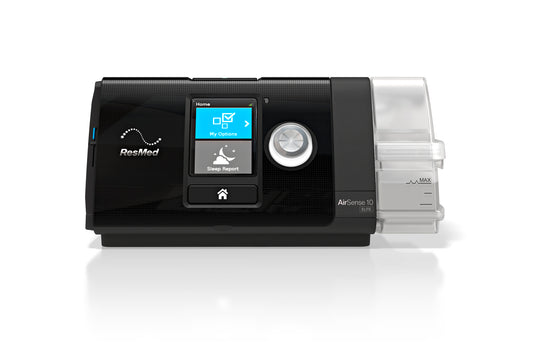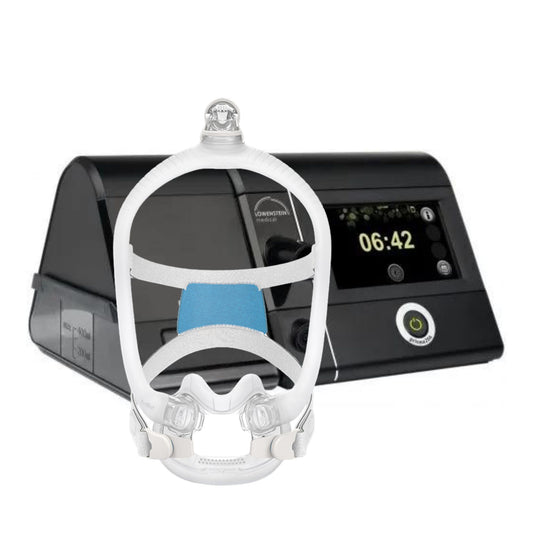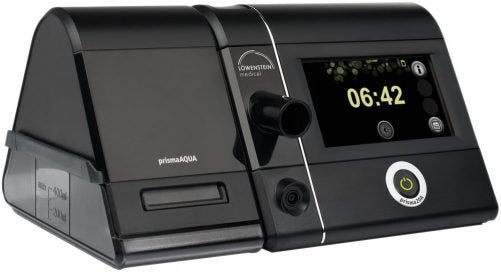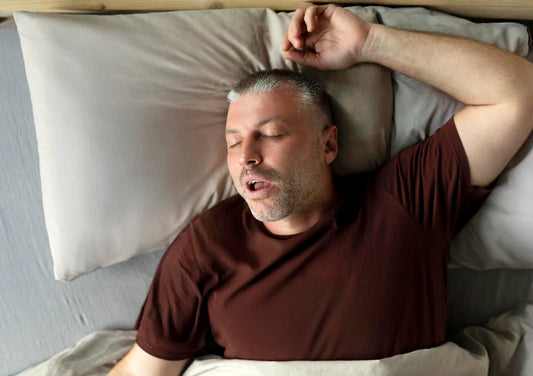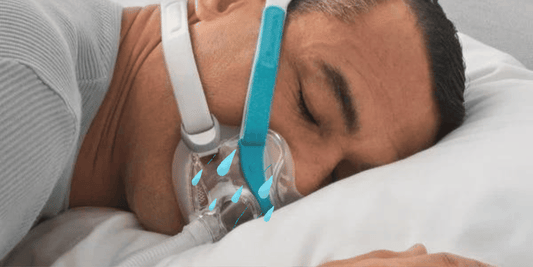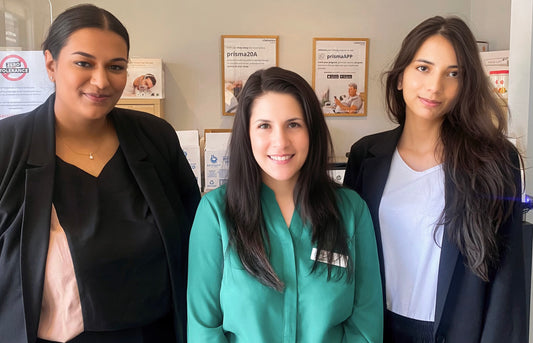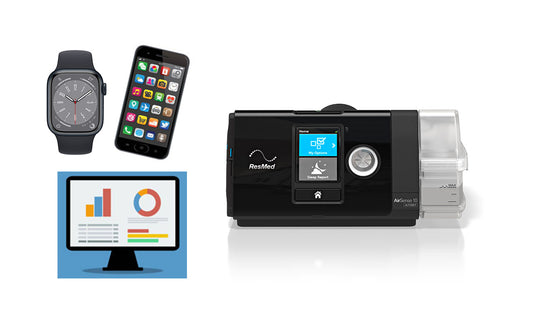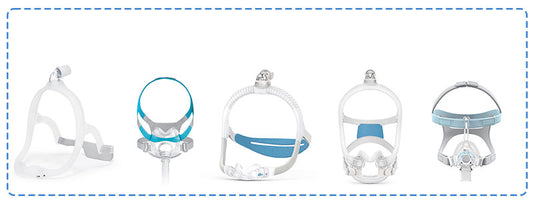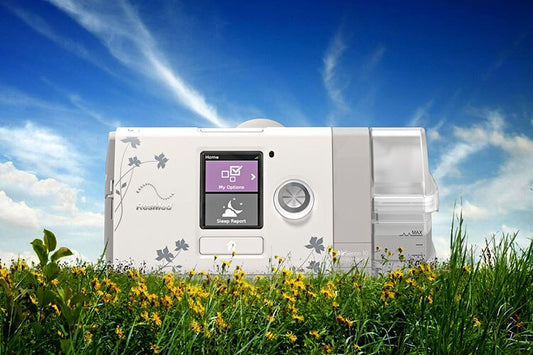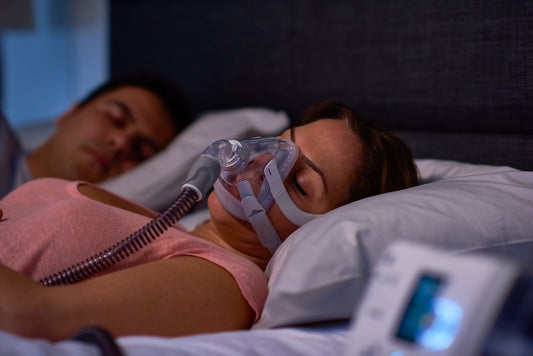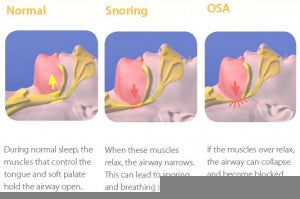 Obstructive Sleep Apnea (OSA) is a potentially dangerous sleeping disorder as episodes of apnea reduce oxygen’s flow to the body’s vital organs and trigger irregular heartbeat during sleep.
Obstructive Sleep Apnea (OSA) is a potentially dangerous sleeping disorder as episodes of apnea reduce oxygen’s flow to the body’s vital organs and trigger irregular heartbeat during sleep.
Apnea means “cessation of breath” so it is correct to say that a person suffering from obstructive sleep apnea stops and starts breathing numerous times during sleep. Obstructive Sleep Apnea is marked by the occurrence of repeated episodes of partial or complete blockage of a person’s upper airway while sleeping.
Apnea and Hypopnea
The two classifications of breathing cessation attributed to OSA are apnea and hypopnea. In an episode of apnea, the soft tissues and muscles of the throat collapse causing blockage of the airway for at least 10 seconds. In hypopnea, there is at least 50% reduction of airflow for more than 10 seconds due to partial blockage of the airway.
What happens in Obstructive Sleep Apnea?
People with obstructive sleeping apnea experience episodes of either hypopnea or apnea all through the night. Since there is a cessation of breath, the lack of oxygen triggers the brain to wake the person out of deep sleep so as to reopen the airway. Breathing resumes with a loud snort, gasp or even body jerk.
Mild obstructive sleep apnea is indicated by 5 to 15 sleep interruptions per hour whereas severe sleep apnea is indicated by more than 30 sleep interruptions per hour. It is no wonder then that people with OSA feel tired and sleepy during the day. The effects of untreated sleep Apnea ripple out into your whole life, putting strain on work and family relationships and leading to deterioration in health and overall quality of life.
Other associated symptoms of OSA are:
• loud snoring
• poor concentration
• morning headaches
• chest pain, dry mouth or sore throat upon waking up
• mood changes and irritability
• insomnia
• high blood pressure
• reduced sex drive or impotence
• frequent night urination
Who Develops OSA?
OSA is more common in men. It is not contagious though some studies indicate that a person is more likely to develop OSA if he is related to someone who has it.
According to http://www.betterhealth.vic.gov.au about five percent of Australians experience OSA and that one in four men over the age of 30 is affected.
In the United Kingdom, statistics show that 4% middle-aged men and 2% middle-aged women have OSA.
Based on a study done by National Heart, Lung, and Blood Institute, there are over 12 million people in the United States who suffer from sleep apnea of which half are overweight. The study also indicates that 1:25 middle-aged men and 1:50 middle-aged women have OSA.
OSA is more likely to develop in Pacific Islanders, Hispanics and African Americans. People with large or thick necks or smaller airways in their throats, noses or mouths are also more likely to develop obstructive sleep apnea. Being overweight, drinking alcohol, smoking, and taking sedatives are contributing factors that could lead to OSA.
Treatment for Obstructive Sleep Disorder
Doctor consultation and tests are necessary to properly diagnose obstructive sleeping apnea. The condition is manageable and there are various options to reduce symptoms.
One basic option is lifestyle changes which includes cutting down on alcohol consumption, smoking and sleeping sideways.
The wearing of a mandibular advancement device (MAD) while sleeping is another option. This device holds the tongue and jaw forward thus increasing space at the back of the throat.
Using a CPAP (continuous positive airway pressure) device aids in preventing the airway from closing while one sleeps thus providing a continuous supply of compressed air through the device.
In some cases, surgery to the base of the tongue and palate done by a qualified otolaryngologist proved to be effective in treating OSA.
Here at CPAP Victoria, we have the expertise to provide advice and treatment for Snoring and Sleep Apnea. We are the leading supplier of CPAP equipment in Victoria and we deliver Australia Wide.
Contact us through our online chat, call us on 1300 750 006 or pop into one of our 13 CPAP Victoria Clinics.
